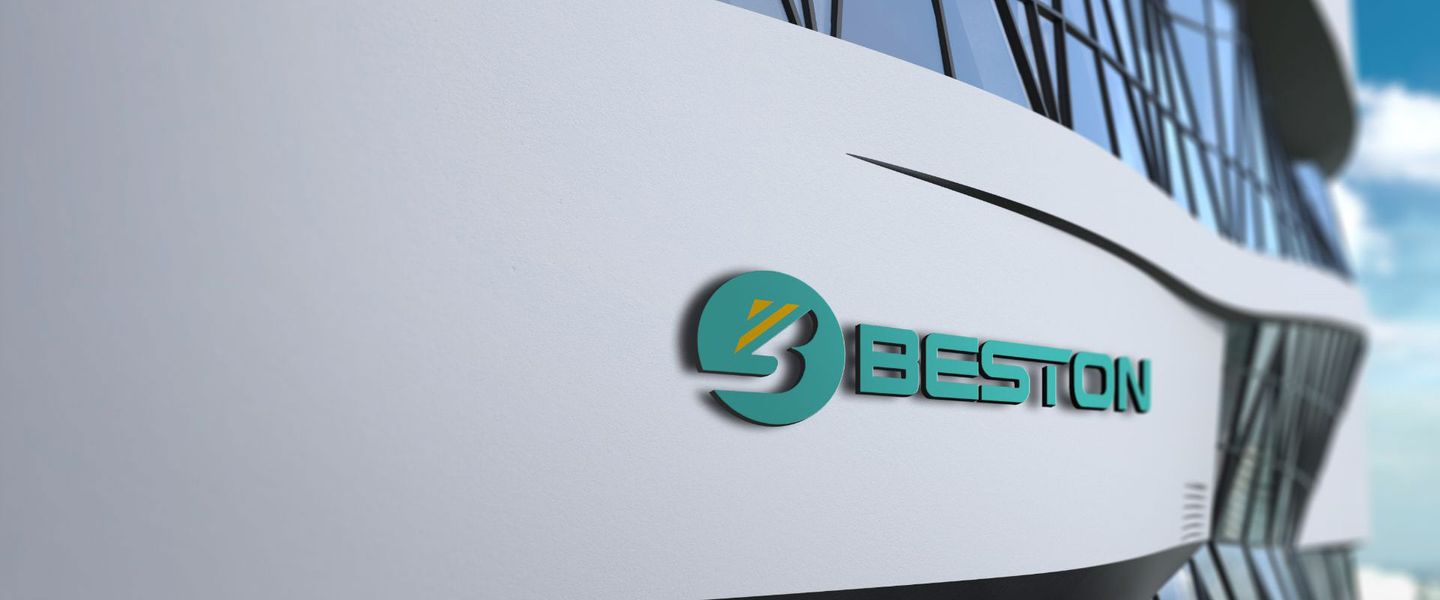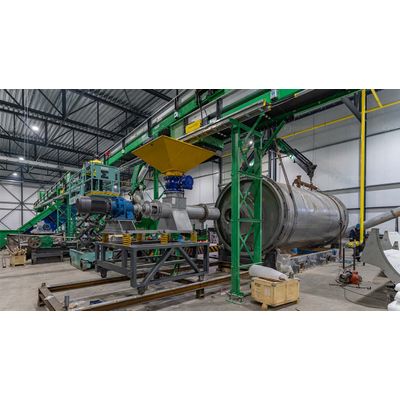

Beston Group Co., Ltd.

Economic Analysis of Pyrolysis Plant Cost
Sep. 5, 2023
Courtesy ofBeston Group Co., Ltd.
In the realm of sustainable waste management and resource recovery, pyrolysis has gained prominence as a transformative technology. This article delves into the intricate economic analysis of pyrolysis plant costs, offering insight into the components that shape expenses, factors influencing these costs, and the potential returns on investment. Let's embark on a journey to understand the economics behind this innovative approach.
Key Components of a Pyrolysis Plant
Reactors
- Types of Pyrolysis Reactors: Pyrolysis plants feature various reactor designs, including rotary kilns, fluidized bed reactors, and fixed-bed reactors. Each type has distinct operational characteristics, impacting both plant cost and efficiency.
- Function and Importance: Reactors serve as the heart of pyrolysis plants, facilitating the thermal decomposition of feedstock into valuable products. Their design and efficiency are critical determinants of overall plant performance and cost.
Feeding System
- Conveyor Systems: Pyrolysis plants often employ conveyor systems for efficient feeding of feedstock into reactors. These systems vary in complexity and cost, depending on plant capacity and requirements.
- Automated Feeders: Advanced plants utilize automated feeders, reducing labor costs and ensuring a consistent feed rate. While they require an initial investment, they can enhance overall plant efficiency and cost-effectiveness.
Factors Influencing Pyrolysis Plant Cost
Feedstock
- Types and Availability: The choice of feedstock, whether plastic waste, biomass, or tires, significantly impacts pyrolysis plant cost. Availability and sourcing of feedstock materials also influence cost fluctuations.
- Quality Requirements: High-quality feedstock with minimal contaminants ensures smoother plant operations but may involve additional processing steps, adding to the overall cost.
Plant Capacity
- Scale of Operation: Plant capacity, often measured in tons per day or year, dictates the plant's size and cost. Larger capacities generally require higher capital investments.
- Output Rates: Output rates, in terms of pyrolysis oil, gas, and char, correlate with plant capacity. Optimizing these rates while minimizing costs is a critical economic consideration.
Technology and Equipment
- Advanced vs. Conventional Systems: The choice between advanced pyrolysis technologies and conventional systems significantly impacts plant cost. Advanced systems may have higher upfront costs but offer greater efficiency and product yields.
- Efficiency and Maintenance: Efficient equipment reduces operating costs over time. Maintenance costs can vary based on the complexity of the technology employed, affecting the overall economic viability.
Cost Breakdown
Capital Costs
- Equipment and Machinery: Investment in reactors, feeders, and auxiliary equipment forms a substantial portion of capital costs.
- Construction and Installation: Costs associated with plant construction, site preparation, and installation contribute to the initial capital outlay.
Operating Costs
- Labor: Labor costs encompass salaries and wages for plant operators and maintenance personnel.
- Energy Consumption: Energy costs are influenced by the energy requirements of the pyrolysis process and auxiliary systems.
- Maintenance: Routine maintenance and equipment upkeep are vital for sustaining plant efficiency and minimizing downtime.
Return on Investment (ROI)
Revenue Generation
- Sale of Pyrolysis Products: Revenue is generated through the sale of pyrolysis products, including pyrolysis oil, gas, and char, to various industries.
- By-Products Utilization: Utilizing by-products for energy generation or value-added applications can contribute to revenue streams.
Payback Period
- Calculating ROI: Calculating ROI involves considering both capital and operating costs against revenue generated. A shorter payback period signifies a quicker return on investment.
- Factors Affecting ROI: Several factors, including market conditions, feedstock prices, and product demand, can influence the payback period and overall ROI.
In conclusion, the economic analysis of pyrolysis plant costs is a multifaceted endeavor. Understanding the factors that shape these costs, evaluating return on investment, and staying attuned to industry trends are essential for making informed decisions in the pursuit of sustainable and economically viable waste-to-resource solutions.
Most popular related searches
